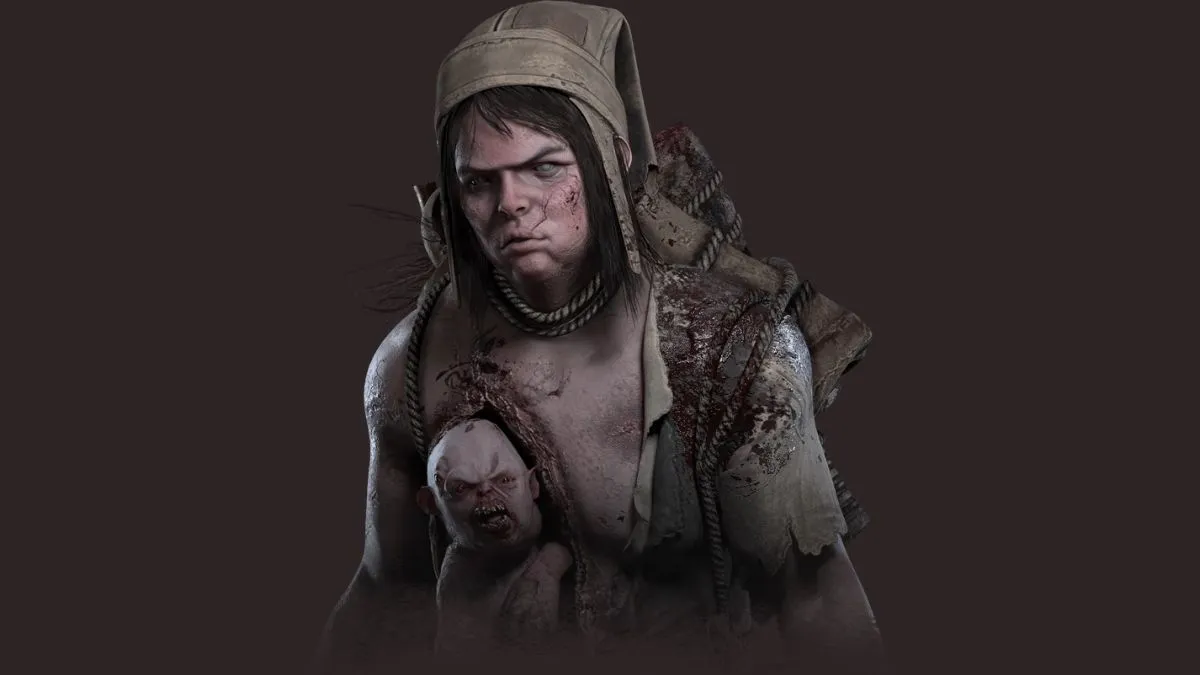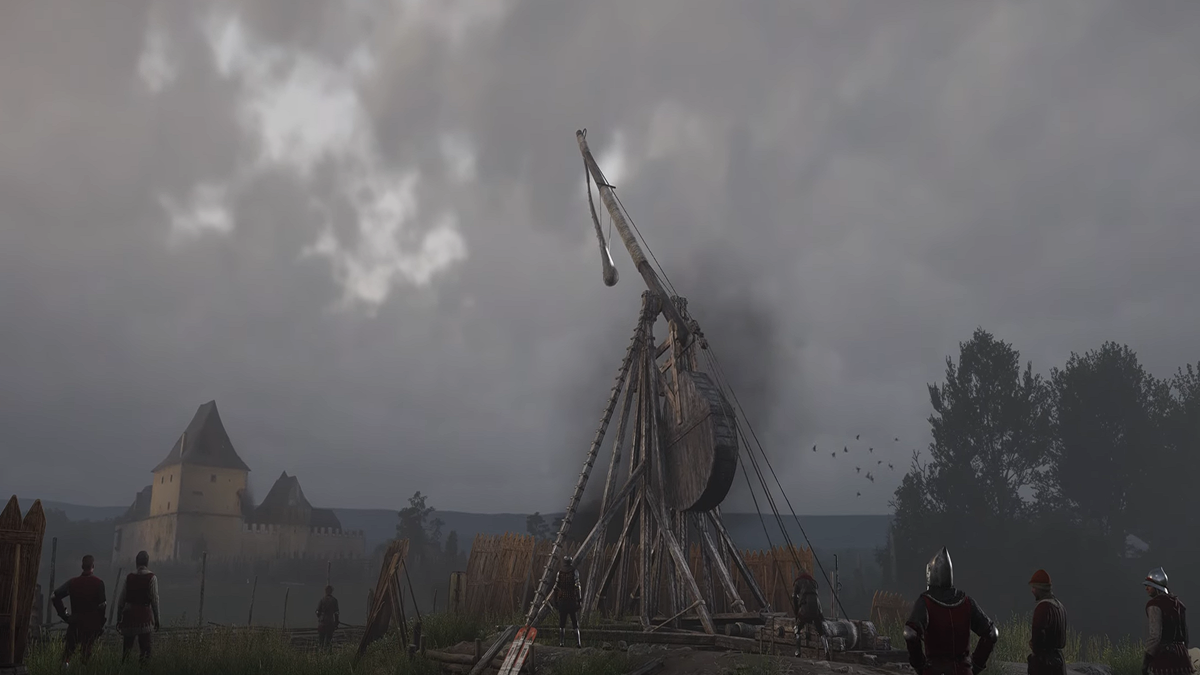[Dtoid Community Blogger Captain Carrion recently shared some of his awesome Dig Dug art and wrapped an interesting blog about game narratives around it. If you’d like to see more of his art, click here! And if you want to see your own words appear on the front page, get writing! –Mr Andy Dixon]
Interactive storytelling has come a long way since we first delved into the immersive worlds forged by the mind of our fellow man. And from early board games to the latest disc-reading game toaster, the method of telling stories has flipped, flopped, twisted, twirled, and been f*cked in its sensitive bum time and time again.
The earliest existence of story in interactive entertainment is most likely good, old-fashioned board games. While this can surely be protested and dated back to some long fucking time ago when a man high on the fumes of his own disposition decided to name his chess pieces, I’m going to stick with the more modern incarnations of D&D.
Originally, there wasn’t a story to be told to you, but rather a story that you personally built through interaction. This came down to the most primal principles of interactive art: Immersion > Observation. You don’t want to watch the mighty Gambardian Frog-Lord beat down Tommy’s level nine Eagle Master. Fuck no! You want to be the person responsible for that happening! And it’s puzzling how, in modern gaming, that has nearly disintegrated into rendered movies you watch while taking a break to wipe the sweat off your hands.

From glorified chess boards we moved onto the digital realm, where surely anything is possible, right? Well, not exactly. The average home computer at the time couldn’t handle the beef our games bring to the table nowadays, so what we got were text-based adventure games! In these games you were basically playing with what was the fixed version of those shitty choose-your-own-adventure books where you chose what happened by flipping to a certain page and reading the outcome of your decision. You are presented with a conflict, and you are obligated to make decisions based upon that, simple.
And surprisingly, this almost delivered story more effectively than games do currently. With text-based games you are being told a story directly, not interpreting it through course of action. It is usually the challenge of marrying narrative with what you predict the player will do in the game which renders most game writing lackluster.
So from making up your own stories with friends, to unfolding a story through decision making, we came to the more software-driven incarnations of entertainment. And by doing this, the course of interactive storytelling was set back. You would think by advancing the platform in which a story can take place you would move forward, but not in this case. The earliest of games most of us know were not created to elaborate a story rather than to simply test one’s reaction skills, and perhaps a little puzzle solving. It wasn’t until later that game developers discovered a story can be sold through interactive entertainment.
Deep or shallow, funny or grim, a story can potentially be told through video games more effectively than any other medium. While we are still on our way there and video game writing is still hit and miss, it is surely turning its gears fast.
Videogames take the audio and visual lure of film, the context-delivery capabilities of writing, the action driving potential of animation, and make it interactive. This is the unique feature of games. And while the potential of games being a serious storytelling medium are strong and starting to show their true colors, there was a time in which games lacked that entirely. Sure, the broadly talked-about links between board games and electronic entertainment were there, but at a time, the people developing games didn’t know what they were on to.
For a period of time, videogames were straight thumb candy, and the graphics and story were minimal, if even present. Games were to be enjoyed through rendering the illusion of control into something official. Not via story telling or visually-gripping eye candy. And while the people making these games didn’t intend to tell a story, they sometimes unfolded entire worlds to explore right in your living room, from the safety of one’s Lazy Boy.
Yes, in Pitfall you understand the general setting and what is going on by just playing the game: You are a man jumping over obstacles in the wilderness, trying not to fall into pits on the way (hence the name). But you can’t help but ask questions. What’s the identity of the protagonist? The setting in which you are exploring? The reason you are pushing forward? Is it to get that dot at the end of the level in Atari’s Crazy Climber? Is it for coins, for points, a high score perhaps?
No, there must be something more to all of this. Some purpose. Victory or Failure was enough of a motive to keep players satisfied temporarily, but it wouldn’t take long for the audience to take the story into their own hands. This led to something unique to videogames as an evolving medium, which is a time frame in which it was up to the player to interpret what a game was about. Leaving it up to the player to figure out what is happening on the screen is something that I find both marvelous and nostalgic. You can create the framework to a story entirely by describing what the objective of the game is, or by wording out what you see happening on screen. With just a standard ability to analyze games and some imagination you can turn flat colored pixels into something so much more organic and memorable.
Let’s take my favorite example, Dig Dug.

Objective
The objective in Dig Dug is to kill all of the monsters on screen before they kill you (or try to escape). You can kill monsters by stabbing them with you drill/pump and inflating them to the point of exploding. You can also kill monsters by skillfully dodging falling rocks that you have triggered to tumble down after running below them while a enemy is tailing you. You get more points the deeper down in the soil you kill the monsters and you also receive additional points for slaying them via avalanche. When all monsters have been slain the final one will try to run away. You can also find fruits and other objects while digging for additional points.
Observation
You are a man in a white suit with what appears to be blue gloves/goggles. You have some sort weapon that is something between a harpoon, drill, and pump. At the very top of the screen there is a nice blue backdrop of the sky and even flowers — lovely — and below that is the ground in which you dig. The closer the ground is to the base of the screen the darker the pigment of pixel in which the ground is made of. The monsters that you must kill are green, fire breathing dragons (Fygars) and round red creatures with goggles (Pookas). They can traverse through the ground by becoming floating eyes that will flutter your way through the ground (without destroying it).
Between how the game is portrayed to you, and what you take from it, the rest of it is up to you. For me, as a child, Dig Dug was one of the most intense games ever. What I imagined was, you were some sort of futuristic miner on an unknown planet that was being used as a mining depot. I got that from the fact that there was only flat land and nothing else above the ground, perhaps a few flowers but that’s it. So it gave off this really desolate atmosphere when I would stare at it.
I imagined my Dig Dug guy strapped down with breathing gear reminiscent of the space suits from Alien, with his only weapon being a drill: a drill intended to be used for mining. While scouting for spots to dig he became cut off from the rest of his crew. And in the course of looking for help he came across the ruins of a ancient mining spot. So he investigated. What he came to find in the depths were fire-breathing reptiles and mutated miners from the last crew that led an expedition on this planet. The only way to survive was to kill what intended to kill him, digging deeper into the ground as things became more intense, dodging avalanches and eating whatever was left to scavenge. The monsters come from no where, literally slipping their way through the rocks, their eyes always watching him. Fluttering over him; so eager to kill. And when the time came, he would stab them with his harpoon and fill them with air until they exploded, their insides covering the tunnels in which he dwelled.
Dig Dug was more of a survival horror game to me. I was very young when I played it (as it was one of the first games I had), so it legitimately scared the shit out of me. I would actually write stories and draw comics about the Dig Dug guy fighting his way through tunnels and relic corridors of an alien planet. (I was also an Alien fan at a young age, so most of whatever I drew in my comics was a mash up of the last game I played combined with Alien. I can actually recall making a comic where Ripley was indeed the Dig Dug guy. I was a weird fucking kid.)
The time in which games lacked a narrative being fed straight to the player forced one to use their imagination. So many drawings and stories were made of what we thought games were about. And unless you bothered to bust open the manual, everything was up to you to be named. The setting, the protagonist, the items you obtain, all of it was yours to claim. And I think this period in which people grew up fueled their creative abilities and allowed them to deliver the great games that we appreciated during the NES/SNES era.
Another good example of a game that you completely fill with your own lore is Atari Adventure.

In Adventure, everything is a blank slate; it’s ultimately your job to make something of it. There are dragons that look like ducks, keys that unlock new castles, bats, mazes, etc. This game did a lot for its time and while I didn’t play it as a child, I can still see the creative potential in a game where nothing is depict-able through detail.
No additional information is given as to the locations or items. Everything barely has a vague enough silhouette to let you identify it, and that’s it. The only thing that identifies the character is the fact that you control it; if not for control then it would appear as a block on the screen. Yet this game gives so much room to build upon, making your own stories up according to what happened when you played. While this might seem silly to some people, it is all that some kids had in their youth. Games at a time were not dressed in engaging dialogue and characters to identify with. You either stuck with what little the game conveyed or made it up yourself.

Another great thing about games not having any sort of narrative at all was the effect the box art had on the player. Initially picking the box up at the rental store, unwrapping it during Christmas, or eagerly staring at it on the car ride home, would potentially imprint the box art in the player’s head for life. Usually taking the simple mechanics of a game and exaggerating them into a bold painting, the cover of a game sometimes was all we had to explain what the game was about. This made over art a higher priority, one surely not lived-out long enough to be fully addressed. However, this also left room for a game’s cover to be misleading, drawing the player into an experience better left forgotten.
An example of both sides of this is Crazy Climber vs E.T. The cover of Crazy Climber features a man gripping to the edge of a tall building, a rabid eagle swooping in to attack, and a helicopter hovering below. You don’t know why this maniac is scaling a building but by God, it better be pretty important.
This makes the game feel more intense, you now imagine the height of the objects you climb and the drive to work your way upwards. E.T., on the other hand, features art that will draw one’s interests relating with their prior experiences with a great movie. The cover art is good, and the movie was better, so one can’t help but to think the game inside is just as good. Now, we all know how shitty E.T. is, so there is no need to explain why buying that game would be a fucking mistake.

What the narrative-deprived age of gaming sums up to be can possibly be the reason games are considered art today. If not for people being forced to make their own stories to go along with the hardware they were interacting with, we just might not have some of the things that make our gaming experiences soul gripping. You can think of this as the impact game modding communities have had on the current generation, just on a much more personal scale. One not measured in the eagerness to express one’s performance, but their natural drive to influence an event through action, rather than observation.





